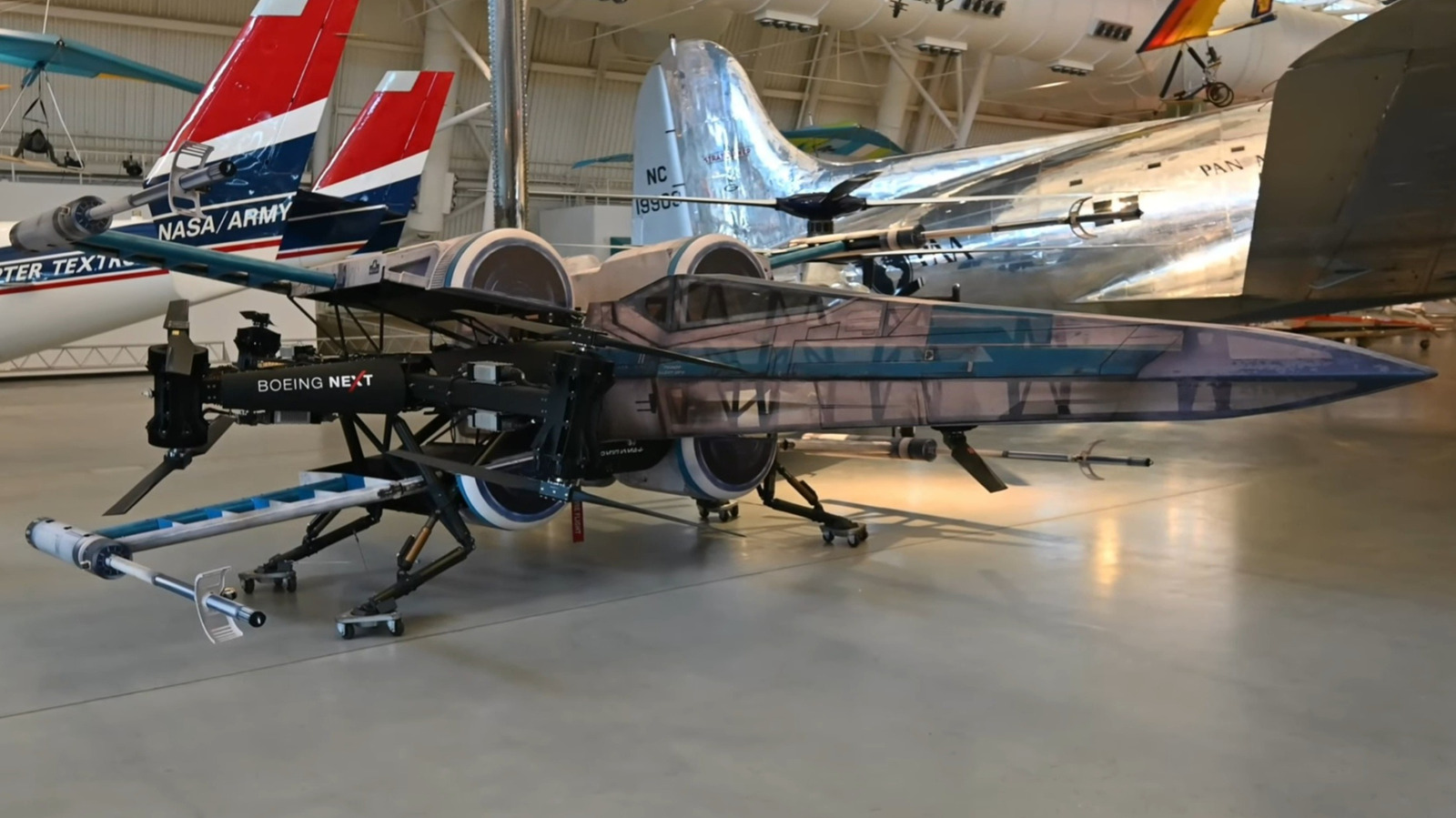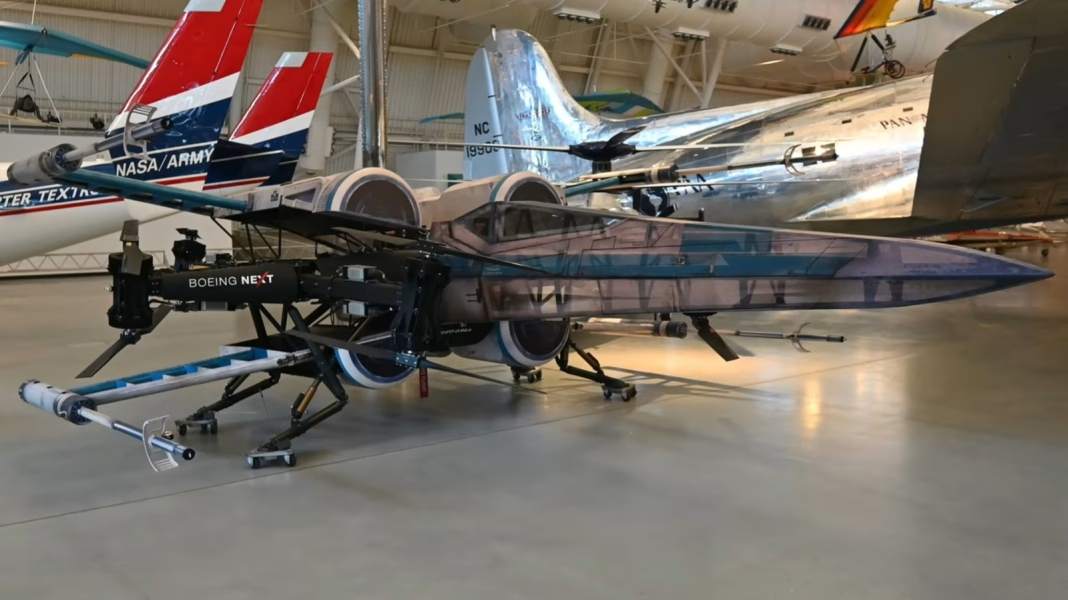How Did Boeing Turn a Star Wars X-wing Into a Real Flying Machine?
It sounds like something straight out of a sci-fi fan’s wildest dreams: Boeing, one of the world’s leading aerospace companies, actually built a real, flying X-wing inspired by Star Wars. But how did they pull it off? The answer is a blend of engineering know-how, creative vision, and a dash of movie magic.
Boeing didn’t just slap some wings on a movie prop and call it a day. Their team started with a robust, proven airframe as the foundation—think of it as using a reliable car chassis to build a custom hot rod. From there, they meticulously designed and fabricated the iconic split wings, nose cone, and even the signature laser cannons, all while making sure the aircraft could actually take off, fly, and land safely. The result? A jaw-dropping blend of Hollywood fantasy and real-world aeronautics.
Why Did Boeing Build a Real X-wing in the First Place?
You might be wondering: what’s the point of building a full-size, flyable X-wing? Was it just for fun, or was there a bigger reason behind the project?
Turns out, this wasn’t just a passion project for a handful of engineers. Boeing’s X-wing was commissioned as part of a major marketing collaboration between Disney (the owner of Star Wars) and Boeing, timed to coincide with the release of a new Star Wars film. The goal? To capture imaginations, showcase Boeing’s technical prowess, and create a once-in-a-lifetime spectacle for fans and aviation enthusiasts alike.
By bringing a beloved piece of pop culture to life, Boeing also demonstrated its ability to innovate and think outside the box—qualities that matter in both the aerospace industry and the world of entertainment. It was a bold move that generated buzz far beyond the usual aviation circles.
What Was the X-wing’s Public Flight Like?
The anticipation leading up to the X-wing’s public flight was electric. Fans, engineers, and media gathered to witness what many thought was impossible: a Star Wars starfighter taking to the skies for real.
On the day of the flight, the X-wing rolled out onto the runway, its engines humming with anticipation. As it lifted off, cheers erupted from the crowd. The aircraft soared gracefully, performing a brief but unforgettable demonstration before touching down. For a few magical minutes, fiction and reality blurred, and the crowd got a taste of what it might feel like to live in a galaxy far, far away.
Why Did the X-wing Only Fly Once Before Heading to a Museum?
If Boeing could make the X-wing fly, why did it only take to the skies a single time? The answer comes down to a mix of practicality, safety, and preservation.
First, the X-wing was never intended for repeated flights or rigorous testing. Its design prioritized visual accuracy and spectacle over long-term airworthiness. Each flight carries risk, and Boeing’s engineers weren’t about to gamble with a one-of-a-kind creation that had already fulfilled its purpose.
Second, the X-wing’s true value was as a showpiece and symbol. After its historic flight, it was carefully transported to a museum, where it could inspire future generations without the wear and tear of continued operation. In the world of aviation, it’s not uncommon for unique or experimental aircraft to be retired after a single demonstration—especially when their primary mission is to dazzle, not to endure.
What Does This Project Say About the Future of Aviation and Imagination?
Boeing’s X-wing isn’t just a cool stunt—it’s a testament to what happens when imagination meets engineering. Projects like this push boundaries, spark curiosity, and remind us that today’s wild ideas can become tomorrow’s reality.
There’s a growing trend in the aerospace industry to blend entertainment, education, and innovation. From drone light shows to immersive flight simulators, companies are finding new ways to engage the public and inspire the next generation of engineers and pilots. The X-wing project is a shining example of how storytelling and technology can work hand in hand.
The Big Takeaway? Chasing Big Ideas Isn’t About Perfection—It’s About Bold Moves
Boeing’s flying X-wing proves that sometimes, the most memorable breakthroughs come from daring to dream a little bigger. You don’t have to build a starfighter to make an impact—just start with one bold idea this week, and you might be surprised at how far it takes you by month’s end.


